The magic of Dorset: Radical writers, glorious countryside and just far enough from London
Those in the know have peeled off the main routes to the South-West and made this county of contrasts their home; Arabella Youens finds out why.
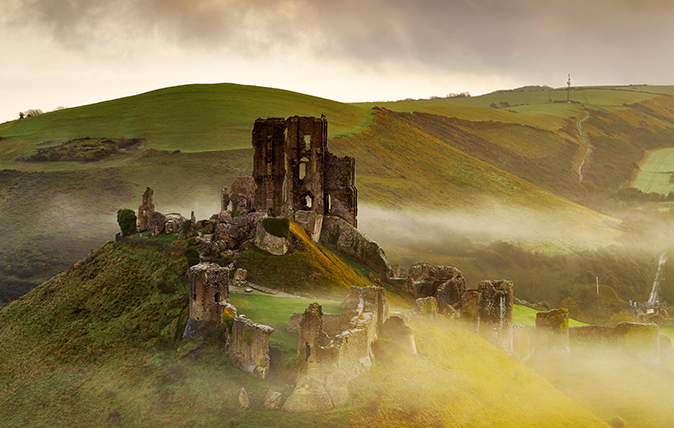

Talk to anyone about what makes Dorset such a special place to live in and it doesn’t take long for its lack of motorway to be raised as an unlikely but significant reason. Gloriously unscathed by ugly belts of high-speed tarmac, barely touched even by the nearest thing (the A303 dips briefly across the border at Bourton), no one ends up in Dorset by accident; you have to want to go there.
I’m one of the few for whom this wasn’t necessarily the case when I was delivered, aged nine and courtesy of the school train from Waterloo, to a girls’ prep school outside Blandford.
It was January and the contrast from home in Hong Kong could hardly have been sharper, but, for the next four years, my affection for Dorset steadily grew – memories of the smell of wild garlic growing in the beech woods in spring, the green humpbacks of hills undulating south from Salisbury, the busy church fêtes held on slanted lawns and that glittering, largely unfettered coastline remain vivid (punctuated by the inevitable heart-tightening bouts of homesickness), despite the passing of decades.
When a discussion about local food and rural issues at the Rothermeres’ home near Shaftesbury gathered momentum, Lady Rothermere suggested a book should be published about Dorset. Two local journalists were commissioned by the Rothermere Foundation to canvas the county and its inhabitants and the result is the part-scrapbook, part-guidebook Deepest Dorset.
“It’s far enough away from metropolitan areas to offer genuine rural charm, but with good connections to London”
One of the people interviewed for the book, which is raising money for local charities, likened Dorset to ‘England’s Tuscany’ – somewhere you think you know until you look beyond the obvious towns and famous views.
‘The image of Dorset perpetuated by the national media and stand-up comedians looking for a cheap laugh is of a place where people come to die,’ says one of Deepest Dorset's co-authors, Fanny Charles.
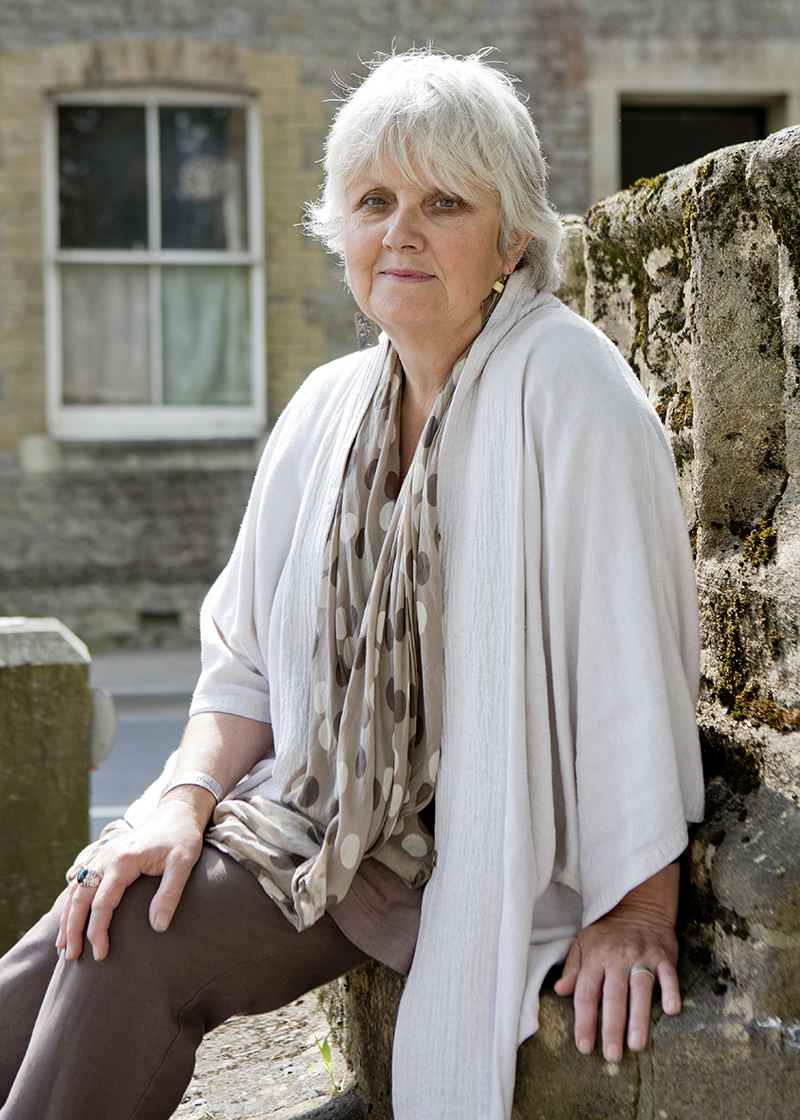
‘It’s true that the percentage of people over the age of 70 is higher than the national average, but scratch deeper and look at the number of writers, artists and actors who have homes in the county.’
Sign up for the Country Life Newsletter
Exquisite houses, the beauty of Nature, and how to get the most from your life, straight to your inbox.
She continues: ‘It’s that rare thing: far enough away from metropolitan areas to offer genuine rural charm, but with good connections to London. There’s also a strong community identity and pride – something that can get eroded in a globalised world.’
For the journalist and broadcaster Kate Adie, a Dorset seed was planted many years ago while working as a young (‘ill-informed’) farming producer for BBC local radio.
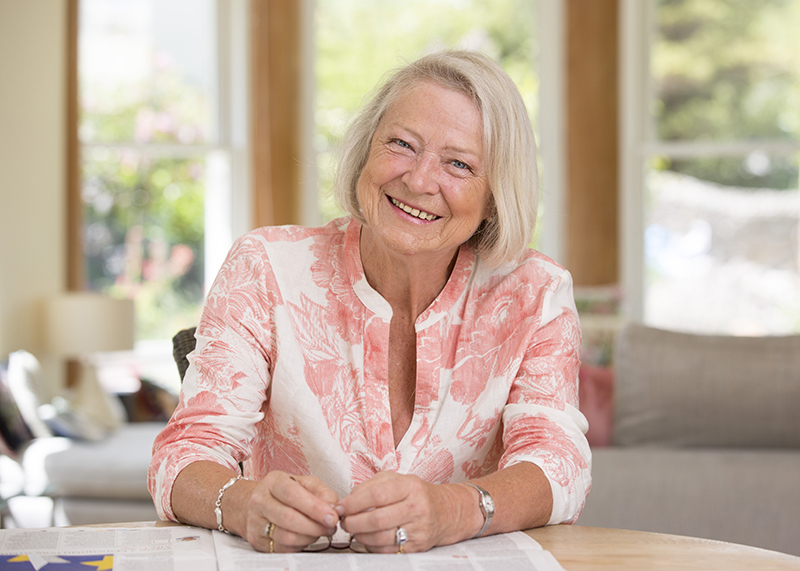
Brought up in Sunderland, but then based in Bristol, she found herself roaming in the country for the first time and has never forgotten it.
‘I had memories of thinking it was sort of hidden and I loved the lumpy bits of landscape – the hills and dales in quick succession – so when it came to leaving London, Dorset came high on the list.’
She moved to a village near Dorchester five years ago (the tiny BBC station there is used to record Radio 4’s From Our Own Correspondent) and has thrown herself into local life, chairing charities and becoming a member of the newly re-formed WI (‘I never thought I’d hear myself saying that, but we’re a modern one’).
She believes that something of Dorset’s special nature is derived from the fact that the Industrial Revolution totally passed it by. ‘In the early 20th century, Dorset was the poorest county in England – life was incredibly tough. Today, it’s resulted in an odd advantage: I grew up in the North-East and know about the scars of heavy industry, but look at towns such as Beaminster and Bridport where there are none.’
"There’s an independently minded, slightly radical streak"
Bridport, a market town just a mile or so inland from the Jurassic coast, has gained many column inches recently as Dorset’s rising star, with its popular Saturday morning market, Sladers Yard – the Londonquality contemporary art gallery and cafe – and growing restaurant scene.
When the arthouse cinema Electric Palace opened, it didn’t take long for someone to crown it Notting Hill-on-Sea. ‘It’s more a case of Hackney-on-Sea in my mind,’ quips Dorset sculptor David Worthington, who, as a child brought up locally, would have writers such as Tom Sharpe and Eric Newby visiting the family home.
Today, he has a pop-up gallery, Fox & Worthington, in the town. ‘There’s an independently minded, slightly radical streak to Bridport, which is a legacy of its rope industry – locals had jobs and weren’t having to tug their forelocks to landlords and, being based near the coast, there’s an outward-looking aspect.
‘As a result, it’s got a radical edge which has always attracted writers, artists and intellectuals and, thanks to the internet allowing people to work from home, that’s growing.’
"When I first came, it did feel like one big retirement home, but that’s really changed"
This is certainly playing out for the interior designer Henriette von Stockhausen, who has made Dorset her home after a childhood spent ‘all over Europe’.
‘The good thing is that lots of younger families are moving here. When I first came, it did feel like one big retirement home, but that’s really changed. We’re doing lots of big houses, not for weekend homes, but for those who want the proper country lifestyle and live here full-time.’
Dorset-born Simon Barker, who runs the Sherborne office of Knight Frank, says the county has always drawn people in because of its excellent schools (west Dorset came top of the list of areas with the highest proportion of students in the independent sector as well as the best-performing State schools in research by Savills last year).
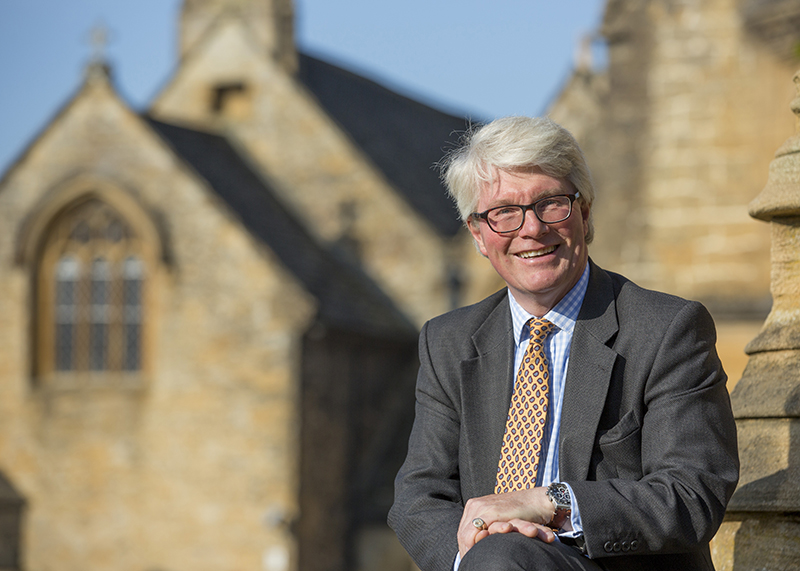
The local property market is buoyant; 2016 was a record sales year for Mr Barker’s office. ‘The great thing about Dorset is that it has good housing stock,’ he believes. ‘Most villages will have a manor house, an old rectory and one or two other prominent period houses.’
The landscape is its biggest lure, however. Leaving aside the eastern side of the county – which is ‘more urbanised’ according to some and ‘grockle suburbia’ to others – one oft-repeated phrase is that the topography is so varied that there’s a little bit of every county in Dorset.
Architectural and interior designer Ben Pentreath, who took a long lease on a house in west Dorset after spending so much time working on the Duchy of Cornwall’s Poundbury estate, regularly posts magical images of the surrounding countryside on his popular weekly blog.
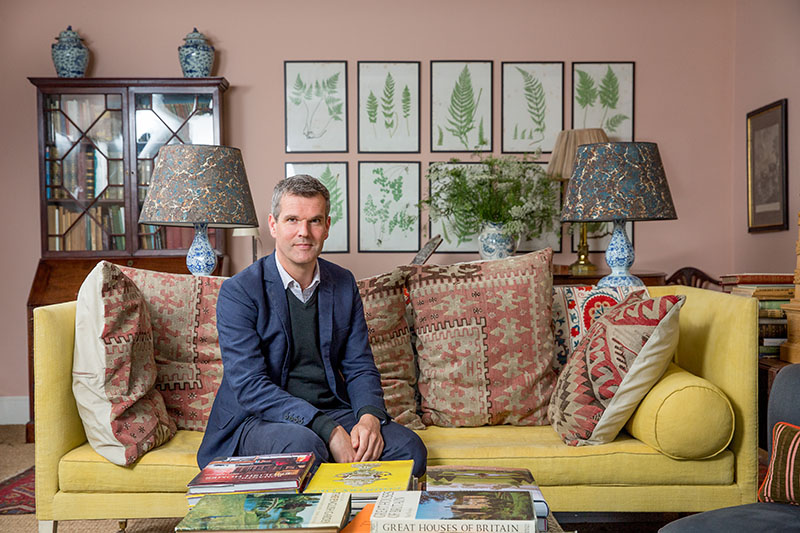
‘There is a chalky softness to the hills, combined with an openness of the valleys and the sparkling light bouncing off the sea that feels so different from the red earth of Devon or the more rugged coasts of Cornwall,’ he says.
"The great thing about Dorset is that you can grab an Ordnance Survey map and trample all over the place"
The novelist Tracy Chevalier is another fan (the county has inspired several of her books, including The Last Runaway). She was first introduced to Dorset by her husband on a weekend away from London; they now have a home in the Piddle Valley.
‘I couldn’t get over how green it was and how accessible the land is,' she says.
'The great thing about Dorset is that you can grab an Ordnance Survey map and trample all over the place. For an American, that’s quite something.’

Some of Britain’s best 20th-century artists, including Lucian Freud and Augustus John, captured the vast landscape of chalk downs and deep coombes that is Cranborne Chase, but, for contemporary landscape painter Julian Bailey, it was the structural qualities of the cliffs, particularly along Ringstead Bay, that mesmerised him.
‘I took a little 9ft dinghy out into the middle of the bay. From there, you start to see this ribbon of ups and downs, of the white chalk against the ultramarine sea and the landscape beyond. I painted it for years and now that lateral movement has infused other subjects.’
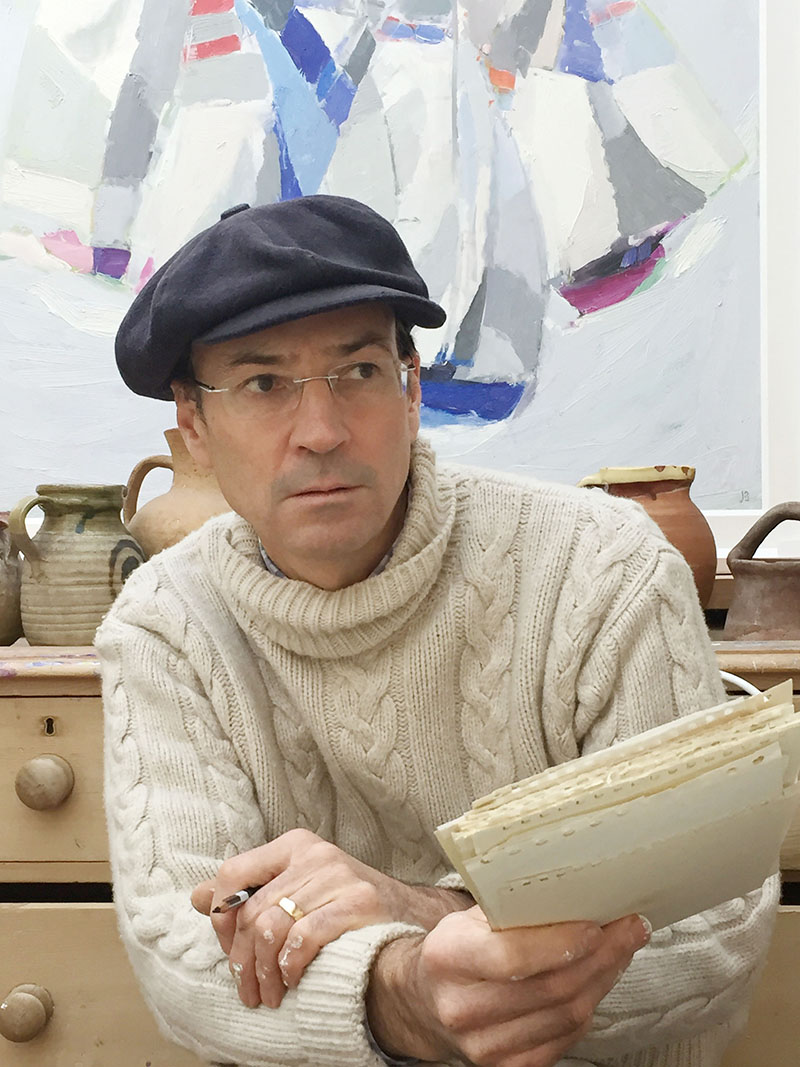
Equestrian artist Kate Scorgie – whose oil, Huntsman and Hounds in the Snow, was commissioned for the Countryside Alliance’s Christmas card last year – has followed and painted most of the packs in the county, including the South Dorset, Portman and Blackmore & Sparkford Vale. She has a studio in Hinton St Mary.
‘It’s a privilege to live and work in Dorset – we’re very lucky. For me, beyond the wealth of subjects to paint, there’s a proper community here,' she adds.
‘You can sense it on the train from Waterloo. After it leaves Salisbury, people start talking.’
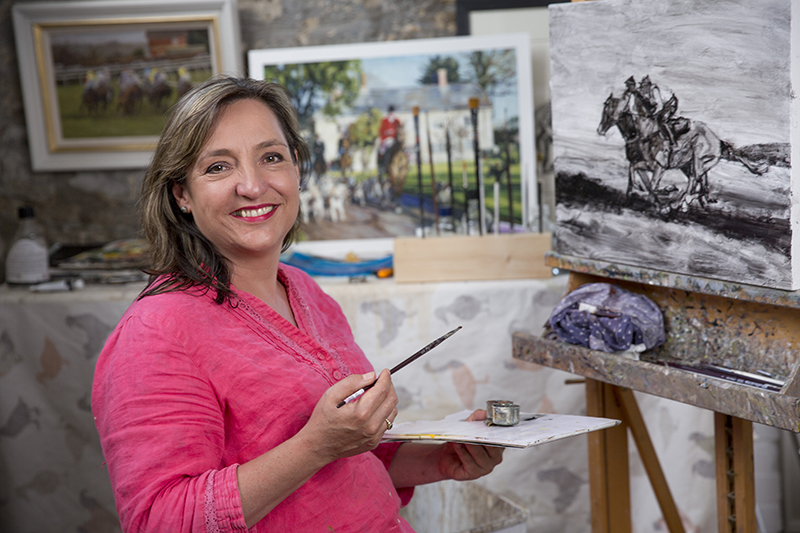

The top 5 hidden gems in the West Country
Get away from the summer crowds at these beautiful and unusual West Country attractions
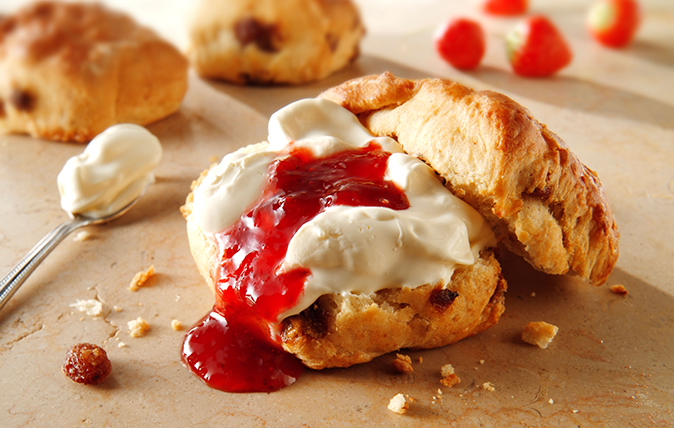
Clotted cream: How it's made, who does it best, and whether to put it on before or after the jam
Rich, unctuous and wickedly good, clotted cream is the pride of the West Country.
-
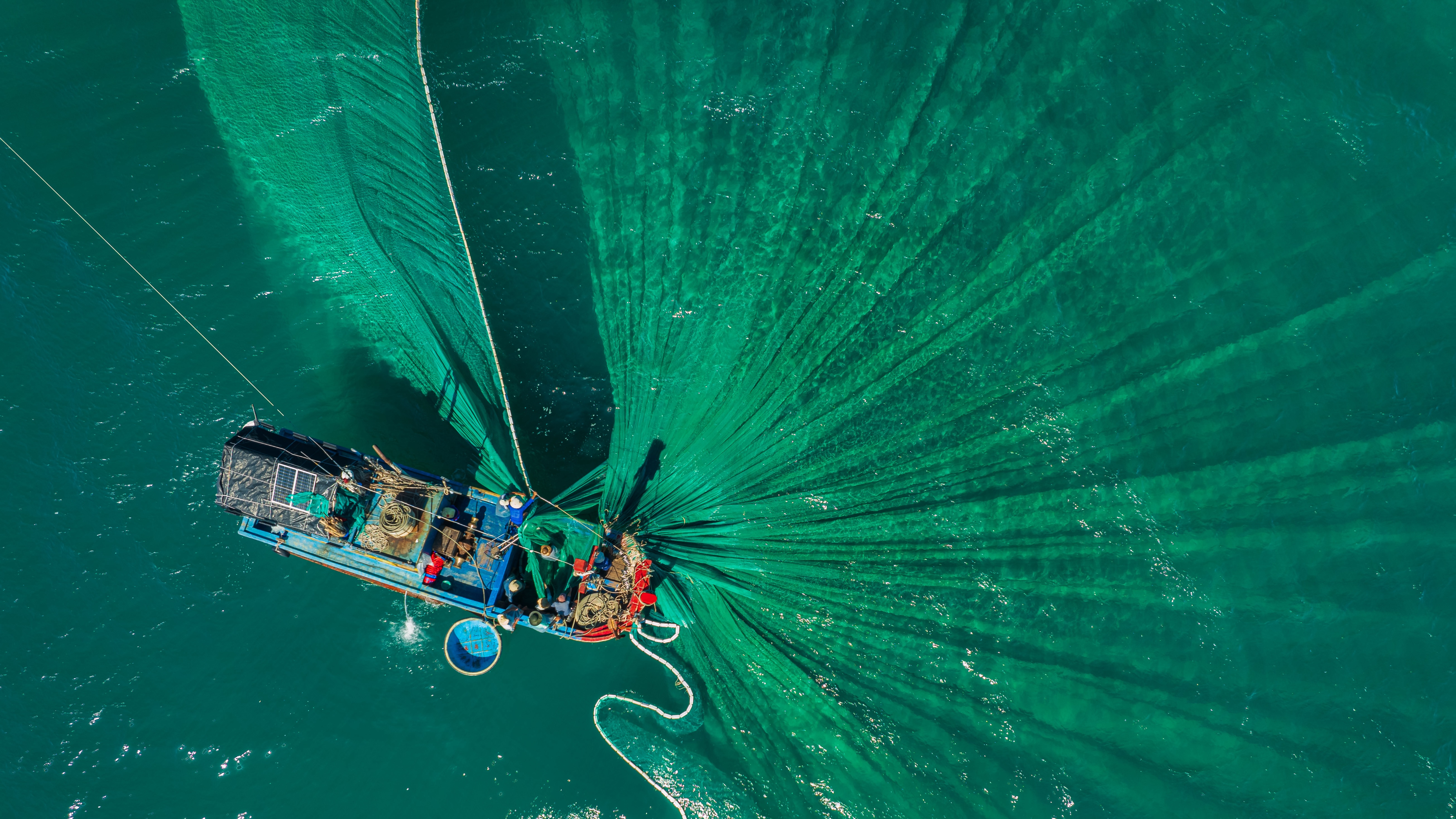 Sir David Attenborough’s record-breaking Nature documentary reveals the devastating effects of bottom trawling on our oceans
Sir David Attenborough’s record-breaking Nature documentary reveals the devastating effects of bottom trawling on our oceansBottom trawling is a disaster for fish stocks, but it also releases previously stored carbon back into the atmosphere.
-
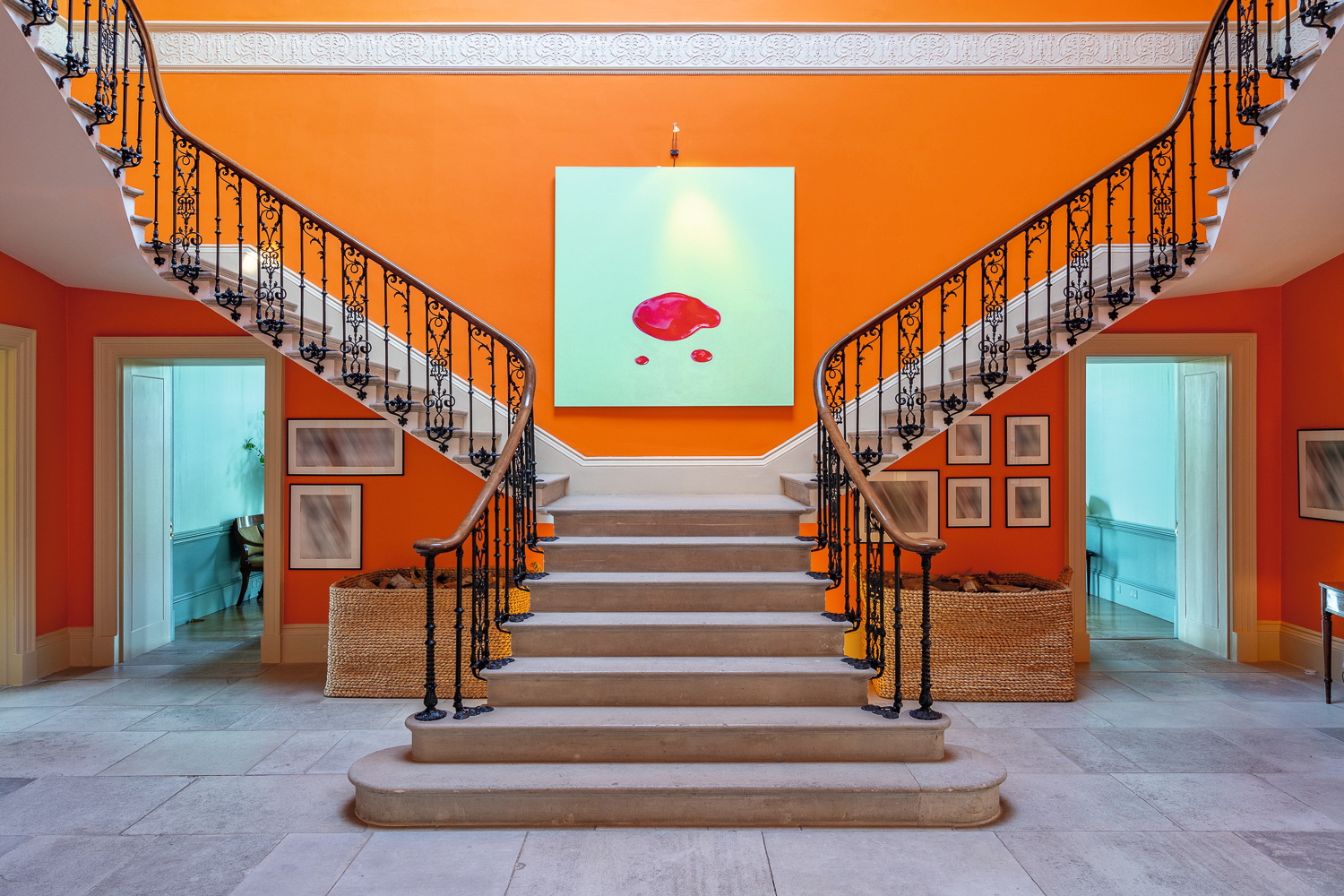 Laverstoke Park, the iconic home of Formula One World Champion Jody Scheckter, roars onto the market
Laverstoke Park, the iconic home of Formula One World Champion Jody Scheckter, roars onto the marketThe benchmark for the sale of the year has been set.